Novak Djokovic's Sports Injuries
Type of Sport: Tennis
Novak Djokovic's Sports Injuries Table
| Type | Area | Date | Consequences | Content | How It Happened | Recovery Duration | Rehabilitation Details | Impact On Career | Psychological Impact | Previous Injuries | Return To Competition | Severity | Treatment | Medical Staff | Long Term Impact | Preventive Measures | Competition Missed | Initial Symptoms | Re Injury Risk | Support System | Rehabilitation Location |
|---|---|---|---|---|---|---|---|---|---|---|---|---|---|---|---|---|---|---|---|---|---|
| Abdominal Injuries | Abdomen | 2021-02-11 | Struggled with movement and pain throughout the tournament. | Djokovic tore a muscle in his abdomen during the third round of the Australian Open but continued to play and eventually won the tournament. | Sustained during a match at the Australian Open. | 1 month | Rest and specific abdominal exercises. | Short-term impact with successful recovery. | Increased determination to win despite injury. | No significant prior abdominal injuries reported. | Returned in March 2021 at the Miami Open. | Moderate | Rest and physical therapy. | Worked with his personal medical team. | No significant long-term impact reported. | Strengthening and flexibility exercises for the abdominal region. | Missed some minor tournaments post-Australian Open. | Sharp pain and limited movement in the abdomen. | Low to moderate, managed with preventive care. | Support from his medical and coaching team. | Primarily in Europe. |
| Ankle Injuries | Right Ankle | 2013-04-06 | Continued to play but was visibly hampered. | Djokovic twisted his right ankle during a Davis Cup match against the USA, but continued to play and secured a win for Serbia. | Twisted his ankle during a Davis Cup match. | 3 weeks | Rest, ice, compression, and elevation (RICE), followed by physical therapy. | Short-term impact with quick recovery. | Minor frustration due to the injury. | No significant prior ankle injuries reported. | Returned at the Monte Carlo Masters in April 2013. | Mild to Moderate | RICE method and physical therapy. | Consulted with the Serbian national team's medical staff. | No significant long-term impact reported. | Ankle-strengthening exercises and proper warm-up routines. | Did not miss any major competitions. | Pain and swelling in the right ankle. | Low, managed with preventive care. | Support from the Serbian national team and personal coach. | Primarily in Serbia. |
| Back Injuries | Lower Back | 2022-04-30 | Withdrew from the Madrid Open. | Djokovic experienced acute lower back pain during a training session, forcing him to withdraw from the Madrid Open to prevent further injury. | Sustained during a clay court training session. | 2 weeks | Rest, anti-inflammatory medication, and physical therapy. | Short-term impact, missed a key preparation tournament for the French Open. | Concern over readiness for upcoming Grand Slam. | No significant prior back injuries reported. | Returned at the Italian Open in May 2022. | Moderate | Rest, medication, and physical therapy. | Worked with his personal medical team. | Managed with ongoing preventive measures. | Regular back-strengthening and flexibility exercises. | Missed the Madrid Open. | Acute pain in the lower back. | Moderate, managed with preventive care. | Support from his medical team and family. | Primarily in Europe. |
| Elbow Injuries | Right Elbow | 2017-07-11 | Withdrew from the 2017 Wimbledon quarterfinal and ended the season early. | Djokovic experienced persistent pain in his right elbow, leading to a significant decline in performance and eventually requiring him to take a six-month break from tennis. | Repetitive strain and overuse during matches and training. | 6 months | Underwent physical therapy, rest, and eventually minor surgical intervention. | Missed the remainder of the 2017 season, affecting his ranking and form. | Struggled with confidence and form upon initial return. | None reported in the elbow prior to this injury. | Returned at the 2018 Australian Open. | Moderate to Severe | Physical therapy, rest, and minor surgery. | Consulted various specialists, including Dr. M. Početrić. | Continued to manage elbow health with preventive measures. | Regular physical therapy and modified training routines. | Missed the US Open and several other tournaments in late 2017. | Persistent pain and discomfort in the right elbow. | Moderate, managed with ongoing therapy. | Strong support from his medical team and family. | Various locations, including specialized clinics. |
| Shoulder Injuries | Left Shoulder | 2019-08-25 | Retired from the 2019 US Open fourth round match. | The injury caused significant pain and restricted movement, leading Djokovic to retire from a match against Stan Wawrinka. | Overuse and strain during the season, aggravated at the US Open. | 2 months | Underwent physical therapy and rest. | Missed the remainder of the US Open and subsequent tournaments. | Frustration due to missing critical matches. | No significant prior shoulder injuries reported. | Returned at the 2019 Japan Open. | Moderate | Intensive physical therapy and rest. | Worked closely with his personal physiotherapist. | Managed with ongoing physical therapy and preventive care. | Regular shoulder-strengthening exercises and therapy. | Missed the rest of the 2019 US Open and some subsequent tournaments. | Sharp pain and restricted movement in the left shoulder. | Moderate, managed with preventive measures. | Support from his medical team and coach. | Primarily in Europe. |
Novak Djokovic's Sports Injuries Videos
The Bizarre Conspiracy of Novak Djokovic at Wimbledon - Doctor Explains
Novak Djokovic is back dominating Wimbledon less than a month after undergoing surgery on his right knee, which has left many people questioning the legitimacy of the surgery. Dr. Brian Sutterer explains that Djokovic had a partial meniscectomy, a procedure where the torn part of the meniscus is removed. This type of surgery allows for a quicker recovery compared to a meniscus repair, where the tissue is sewn back together. Dr. Sutterer emphasizes that returning to play within a month is plausible for elite athletes with access to top-notch rehabilitation services. Although impressive, Djokovic's quick return is not beyond the realm of possibility, and the skepticism surrounding his surgery is unfounded.
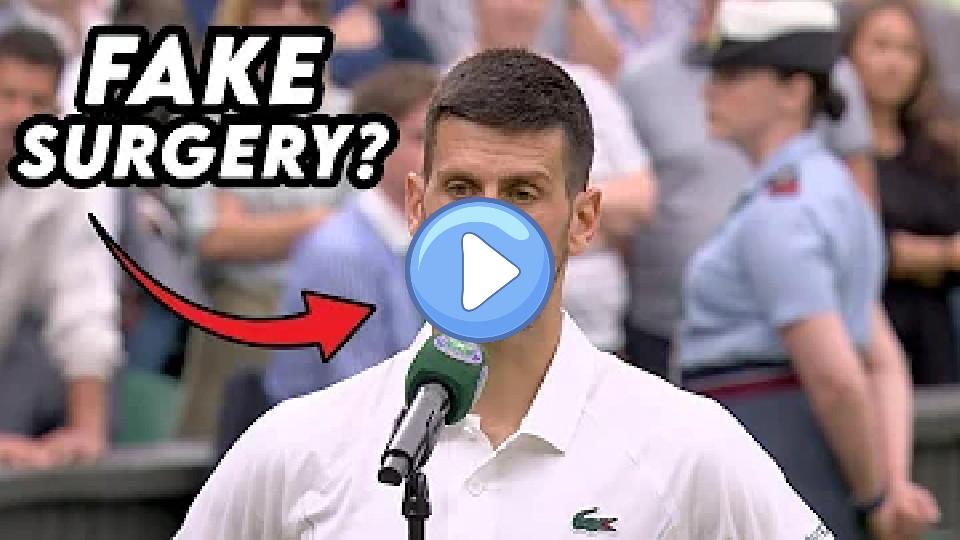
"I started feeling the pain": Djokovic admits to struggle against Cerúndolo due to knee injury
The world No 1 slipped several times during the match, which affected his knee and caused pain. He received treatment from a physio and took medication, which disrupted his play for about two and a half sets. Initially, he considered whether to continue but decided to persevere. After the third set, additional medication helped reduce the pain, allowing him to play the fifth set almost pain-free. However, he acknowledged that the effect of the medication wouldn't last long.
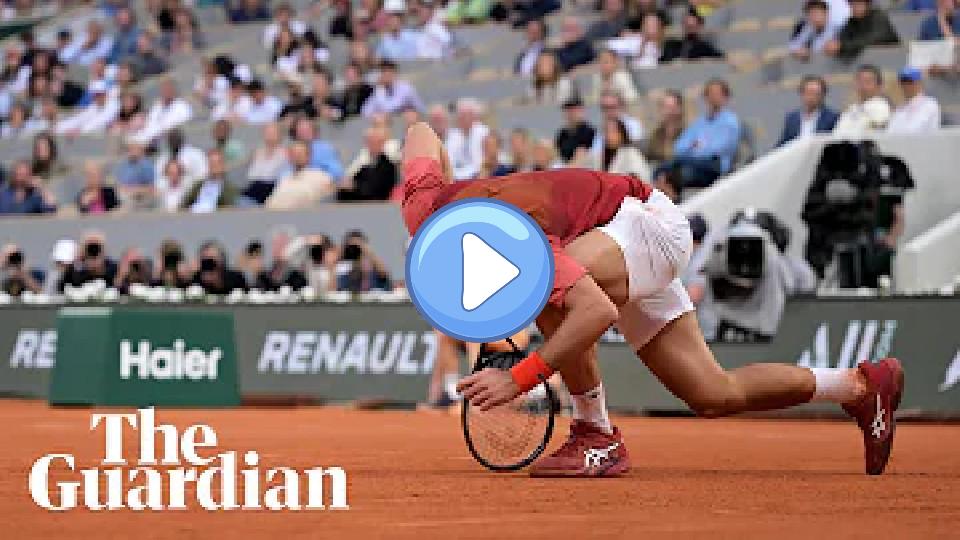
Novak Djokovic Injury Davis Cup 2011
Novak Djokovic had to withdraw from the Davis Cup semi-final against Juan Martín Del Potro due to a back injury, causing Argentina to advance to the final against Spain. Despite his disappointment, Djokovic has had an impressive year, including winning three Grand Slam titles. The Davis Cup final will take place in Spain from December 2nd to 4th.

Exploring Novak Djokovic's Knee Injury and Key Takeaways
In this episode of Coffee Talk in the Athletic Training Room, host Brandon Flat discusses the importance of addressing injuries holistically, with a focus on a recent high-profile injury involving tennis star Novak Djokovic. Djokovic withdrew from the French Open due to a medial meniscus tear in his right knee, which he had been experiencing discomfort with for weeks. Brandon emphasizes the need for athletic trainers to consider the full kinetic chain when evaluating injuries, as seemingly minor issues can lead to more severe problems if not addressed. He encourages trainers to look beyond the immediate injury and consider long-term impacts, using rest and recovery as preventive measures. The episode also highlights the role of sponsors such as Firefly Recovery and Sway Medical in supporting athlete wellness and recovery.
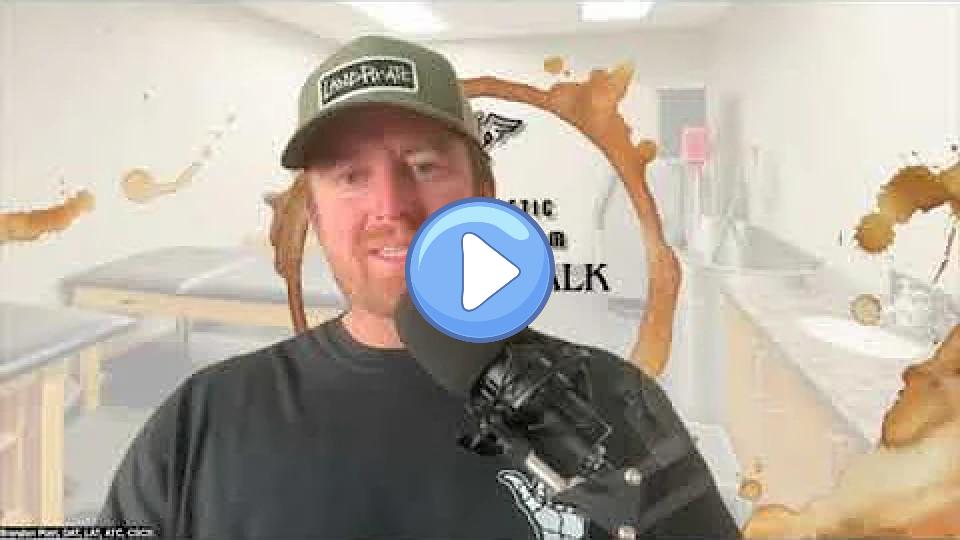
Djokovic is Back: First Training After Knee Surgery
Djokovic is Back: First Training After Knee Surgery.
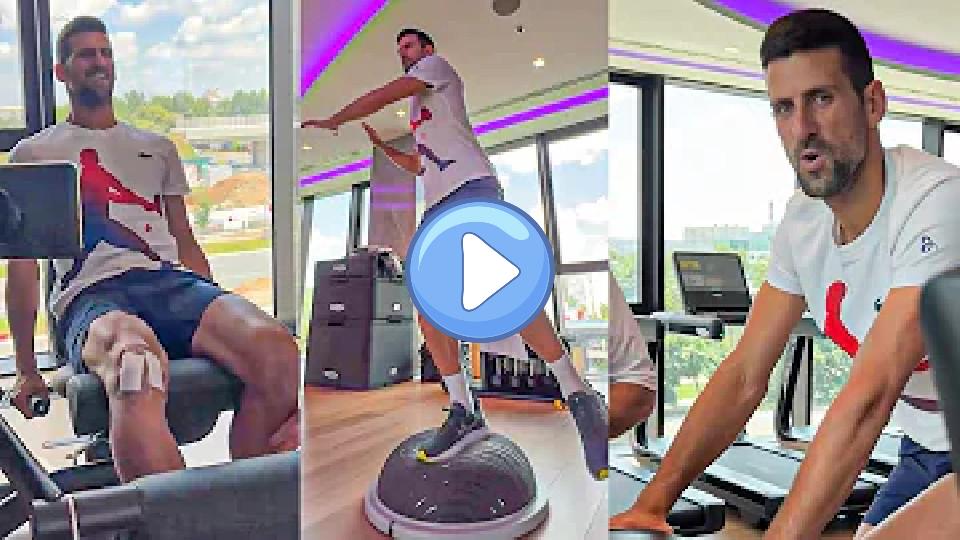
Djokovic Takes a Tumble | Australian Open 2023
Novak Djokovic trips but thankfully seems to be okay in the second set of the Australian Open 2023 final. Subscribe to keep...

Novak Djokovic Breaks Silence Over COVID Vaccine Refusal - BBC News
Tennis star Novak Djokovic stated he would rather miss out on future trophies than be forced to get a Covid vaccine. He emphasized the importance of freedom to choose whether to get vaccinated and said he has not disclosed his vaccination status before to maintain privacy. Djokovic clarified that he is not against vaccination but believes in the right to decide what to put into one's body. As an elite athlete, he carefully evaluates everything he consumes. He acknowledged the consequences of his decision, such as not being able to participate in certain tournaments, and stated he is willing to accept these outcomes. Djokovic also addressed misconceptions about his stance, clarifying he is not part of any anti-vaccination movement and expressing dissatisfaction with how his views have been portrayed.
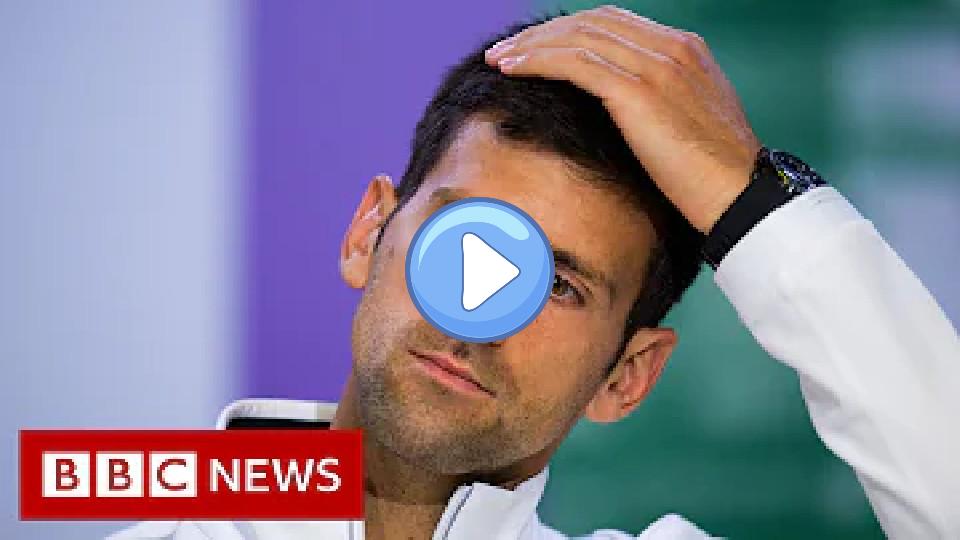
Djokovic takes a bad fall during his match against Simon - Wimbledon 2014
Novak Djokovic takes a concerning tumble during his match against Gilles Simon, appearing to injure his left shoulder in a nasty fall. The hard courts contributed to the awkward fall, causing concern among spectators, including Simon. Despite the fall not looking too severe initially, Djokovic's immediate reaction indicated significant pain.

